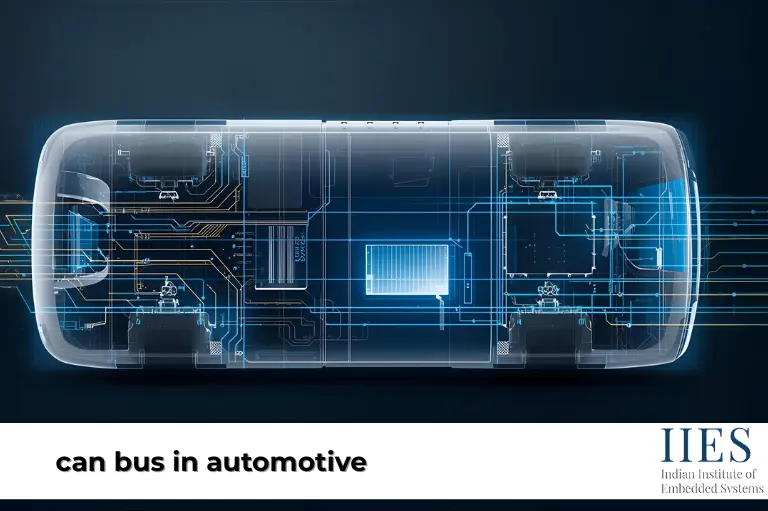
Cars today are powered by more than just engines—they rely on smart electronics for safety, comfort, and performance. Can Bus in Automotive systems play a crucial role here, and STM32 microcontrollers from STMicroelectronics bring high processing power, safety features, and CAN Bus support, making them a trusted choice in automotive systems.
STM32 microcontrollers combine strong processing, built-in safety tools, and CAN Bus support, making them ideal for automotive systems such as ADAS, powertrain, infotainment, and electric vehicle management.
STM32 microcontrollers (MCUs) are 32-bit chips built on ARM Cortex-M cores. They are designed to handle demanding automotive tasks like sensor data processing, real-time control, and secure communication. Their popularity in the automotive world comes from three key strengths:
The CAN Bus system acts like a central nervous system in modern cars. It connects different control units and ensures smooth, real-time communication between them.
The Controller Area Network (CAN Bus) is a robust communication protocol created for vehicles. Instead of complex wiring between every electronic control unit (ECU), CAN Bus protocol allows all ECUs to “talk” to each other over a shared network.
STM32 MCUs come with built-in CAN controllers that support both CAN 2.0 and CAN FD (Flexible Data-rate). This makes them perfect for automotive networks that require faster data transfer.
Safety is non-negotiable in automotive design. STM32 microcontrollers are equipped with multiple hardware and software features to meet strict safety requirements under ISO 26262.
STM32 microcontrollers are used in almost every part of a vehicle. From engines and batteries to infotainment and ADAS, they support both basic and advanced automotive functions.
Automakers prefer STM32 because of its proven stability and long-term support. Its scalability makes it suitable for everything from entry-level cars to advanced electric vehicles.

STM32 microcontrollers bring performance, safety, and scalability to modern cars. With CAN Bus communication support and ISO 26262-ready safety features, they power critical systems from engines and ADAS to EV batteries and infotainment. For automakers, STM32 is a future-proof and trusted choice for smart mobility.
CAN Bus is a communication protocol that connects multiple ECUs in vehicles, ensuring reliable and real-time data exchange for safety and efficiency.
STM32 MCUs feature built-in CAN controllers, filtering options, and support for CAN FD, making them ideal for automotive communication systems.
CAN 2.0 supports smaller data frames, while CAN FD allows larger payloads and faster communication, enhancing STM32’s automotive performance.
Yes, STM32 supports ISO 26262 standards up to ASIL D, making it highly reliable for safety-critical systems like brake-by-wire and ADAS.
Yes, STM32CubeMX simplifies CAN Bus setup by providing configuration tools for filters, bit timing, and peripheral initialization.
STM32 and CAN Bus are widely used in powertrain control, ADAS, infotainment, battery management, and other smart automotive systems.
Indian Institute of Embedded Systems – IIES